- Car Functions
- Japanese Used Car
Expert Guide to Tyre Inspection for Used Japanese Cars in Australia
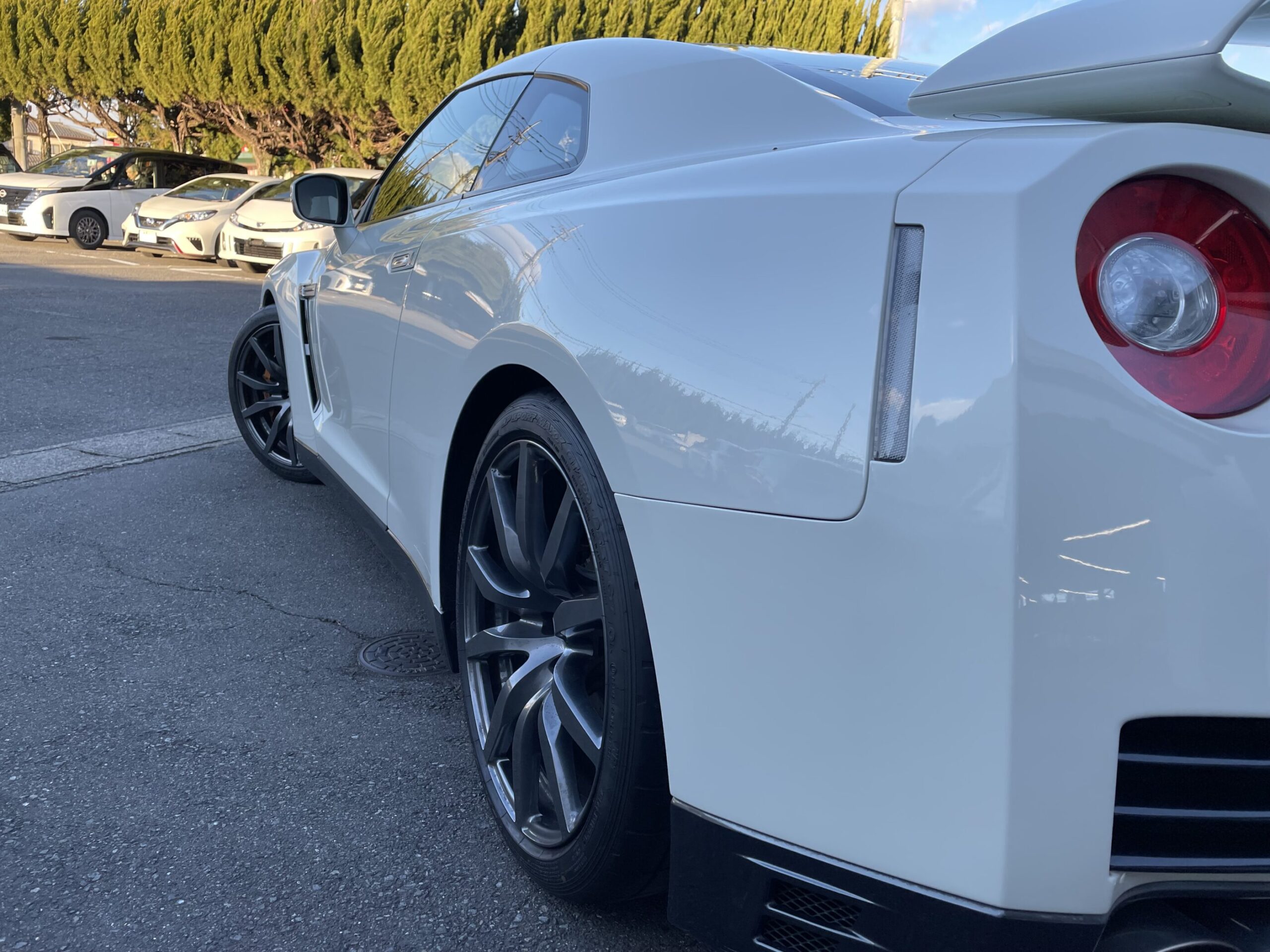
Japanese cars are known for their high resale value, allowing them to be sold at comparatively high prices even after long-term use. In addition to these economic benefits, Japanese cars offer advanced safety features and comfortable driving experiences, earning high regard from Sydney drivers.
Tyres are crucial to a car’s performance and safety. This section will explain the basic points of tyre checks and why they are essential before purchasing.
Tyre Check Steps
How to Check Tyre Tread Depth
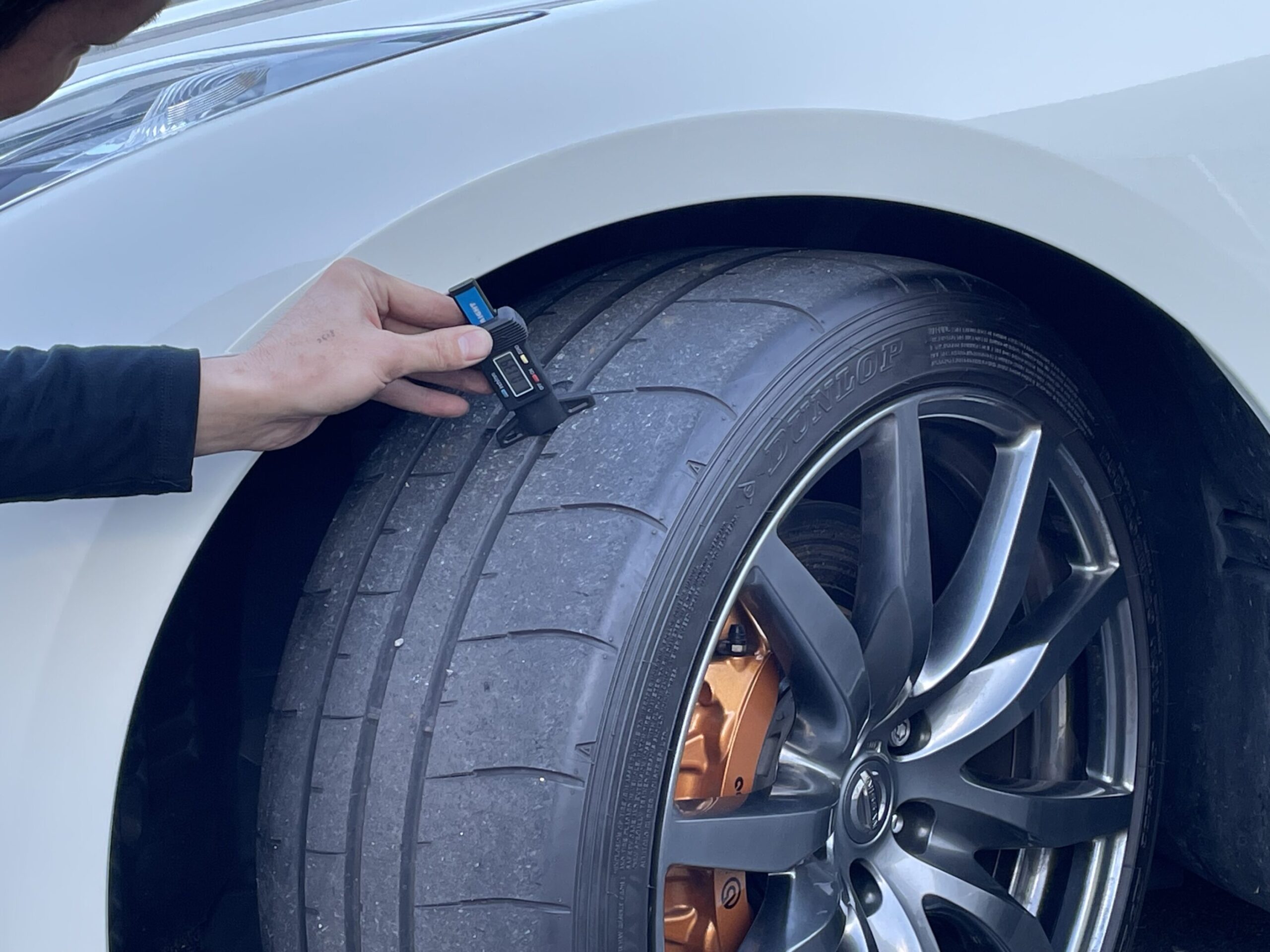
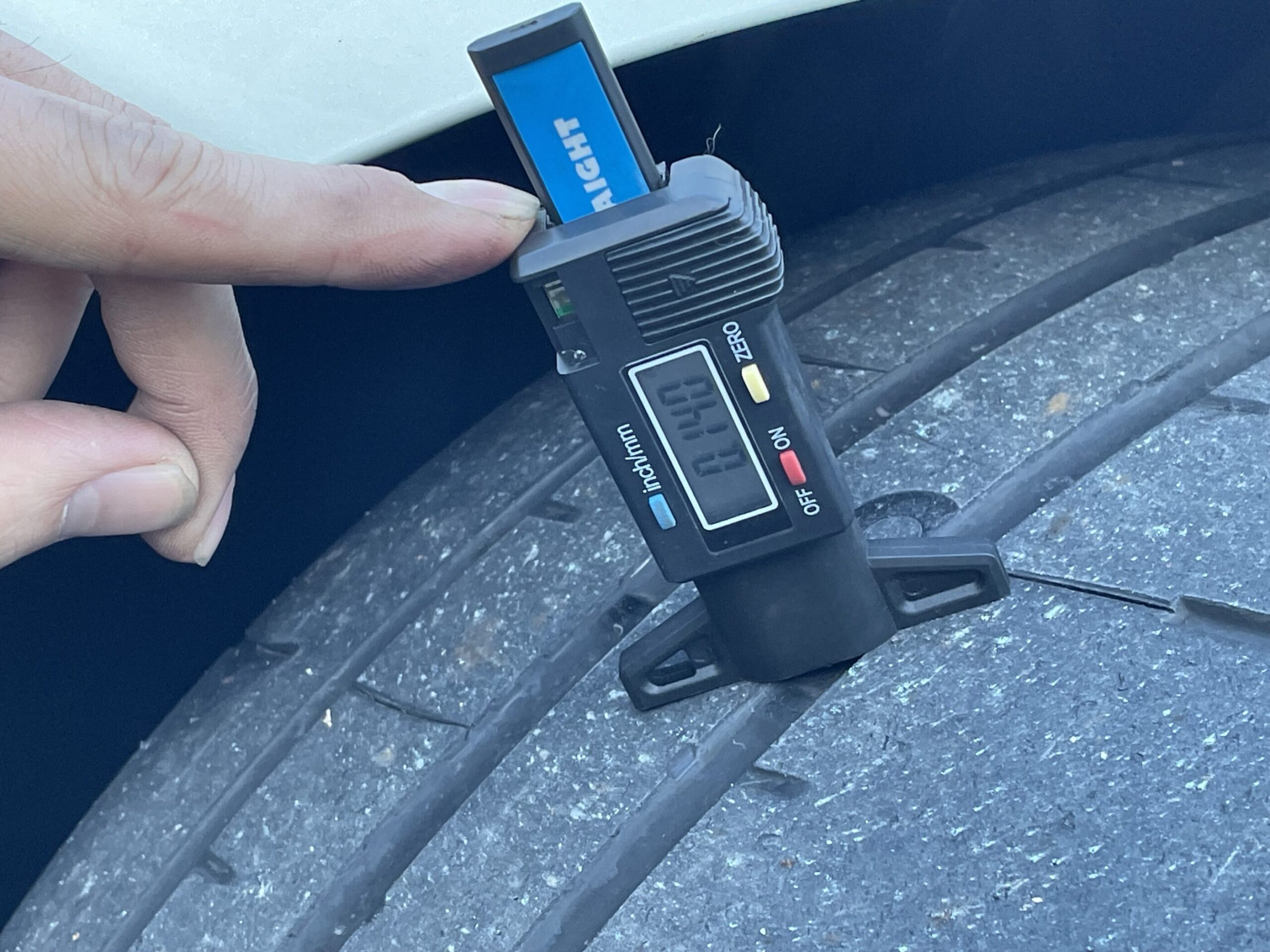
Tyre tread depth is a vital element directly related to vehicle safety. Adequate tread depth ensures effective water displacement, prevents slipping, and guarantees stable driving. The simplest way to measure tread depth is using a dedicated tyre tread depth gauge. However, in its absence, a coin can be used for a quick check. For example, insert an Australian 10-cent coin into the tread. If the outer ring is not visible, the depth is likely within a safe range. If the outer ring is completely visible, it might be time to replace the tyre.
Identifying Tyre Wear
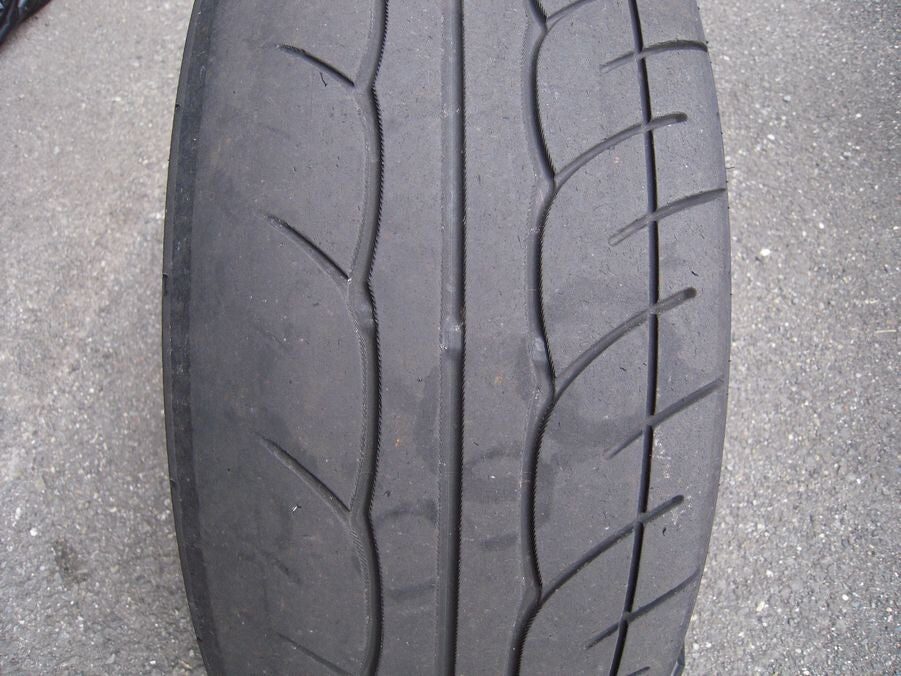
Uneven tyre wear may indicate issues not just with the tyre itself but also with the suspension or alignment. To check for uneven wear, carefully observe the overall wear condition of the tyre. Signs include one part of the tyre wearing out faster than others. For instance, if only the inside or outside of a tyre shows excessive wear, it could indicate a wheel alignment problem. Excessive wear in the tyre’s centre suggests over-inflation.
Checking Tyre Age and Deterioration
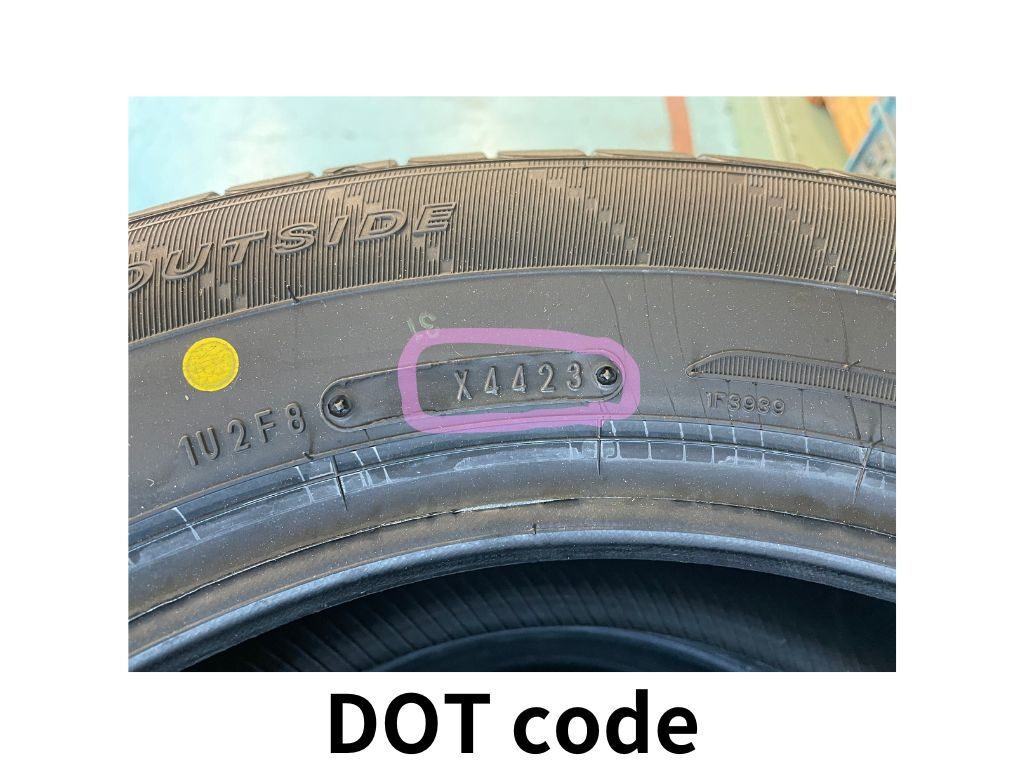
Tyre age also plays a crucial role in safety. Tyres deteriorate over time, affecting performance. The tyre’s manufacture date can usually be found on the sidewall, denoted by the ‘DOT code’. The last four digits of this code indicate the week and year of manufacture. For example, ‘3219’ means the tyre was made in the 32nd week of 2019.
Signs of tyre deterioration include cracking and hardening, indicating long-term use or environmental factors. Small cracks on the sidewall represent natural rubber ageing, and significant cracking suggests it’s time for tyre replacement. Additionally, hardening of the rubber reduces grip, particularly on wet roads.
Expert knowledge on tyre condition is essential for safe driving. Neglecting tyre checks can lead to increased long-term costs and, in the worst case, accidents.
Understanding Tyre Specs: A Detailed Technical Guide
Understanding Tyre Types and Performance
Various types of tyres exist, each with unique characteristics and purposes. The main types include:
All-season tyres: The most common, suitable for various climatic conditions but may not perform optimally in extreme conditions (harsh winters or very hot summers).
Summer tyres: Specialised for warm climates and dry roads, offering excellent traction and handling in high temperatures.
Winter tyres: Optimised for cold climates and snow, made of rubber that resists hardening at low temperatures, providing superior grip on snow and ice.
Considering Sydney’s climate, all-season or summer tyres are likely the most suitable. However, selecting tyres that match individual driving styles and conditions is essential.
Tyre Brands and Quality
Choosing the right tyre is crucial for the vehicle’s performance and safety, especially for Australian road conditions and climate. The following section details reliable tyre brands and quality standards, providing a guideline for high-quality tyre selection.
Bridgestone: A major Japanese tyre manufacturer with a diverse range catering to various vehicles. Known for durability and balanced performance.
Michelin: A French brand renowned for longevity and fuel efficiency, especially performing well on wet roads.
Goodyear: An established American brand with a wide range of all-season tyres, known for durability and safety.
Continental: A German brand famous for high-performance vehicle tyres, excelling in handling and braking.
Dunlop: Originating from the UK and widely used in many Japanese cars. Dunlop tyres are popular for their balanced performance and reasonable pricing. They are especially suitable for Australia’s variable weather and road conditions. Roundabout Australia ensures peace of mind by inspecting and testing cars before exporting from Japan, upgrading to reliable new Dunlop tyres.
Tyres are like the ‘shoes’ of your car. Choosing the right tyres can enhance the overall performance of your vehicle, providing a safe and comfortable driving experience. When purchasing a used car, considering these tyre brands can lead to long-term driving satisfaction.
Conclusion
Tyre checks play a crucial role in smart used car purchases. The right choice of tyres directly connects to a safe and comfortable driving experience and can lead to economic savings in the long term. Accurately assessing the condition of tyres maximises vehicle performance and reduces driving risks.
Ultimately, tyre checks are an essential step in the used car buying process, neglecting which can lead to high repair costs later on. As a wise consumer, it’s important to properly evaluate tyre condition and ensure the safety and performance of the vehicle.
This guide is designed to help readers in Sydney make an informed and safe purchase when buying used Japanese cars. Understanding the methods of tyre checking is crucial, especially for buyers with limited automotive knowledge. Such information is incredibly valuable, providing an essential criterion for decision-making during the used car buying process.
This article aims to provide a comprehensive guide for readers in Sydney on how to appropriately assess tyre conditions when purchasing used Japanese cars. It is structured to help readers understand the methods of tyre checking, an important consideration for buyers, particularly those with limited automotive expertise.
Popular

- Japanese Used Car
- Blog
The Pitfalls of Purchasing Imported Japanese Used Cars
27 February 2024

- Blog
Your Complete Guide to Buying a Used Car in Australia: From Pre-Purchase Inspection to Post-Purchase Maintenance
01 October 2024
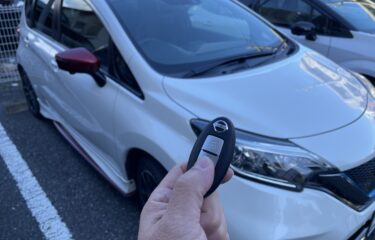
- Car Functions
- Blog
Smart Key Solutions: Battery Replacement and Troubleshooting
23 March 2024

